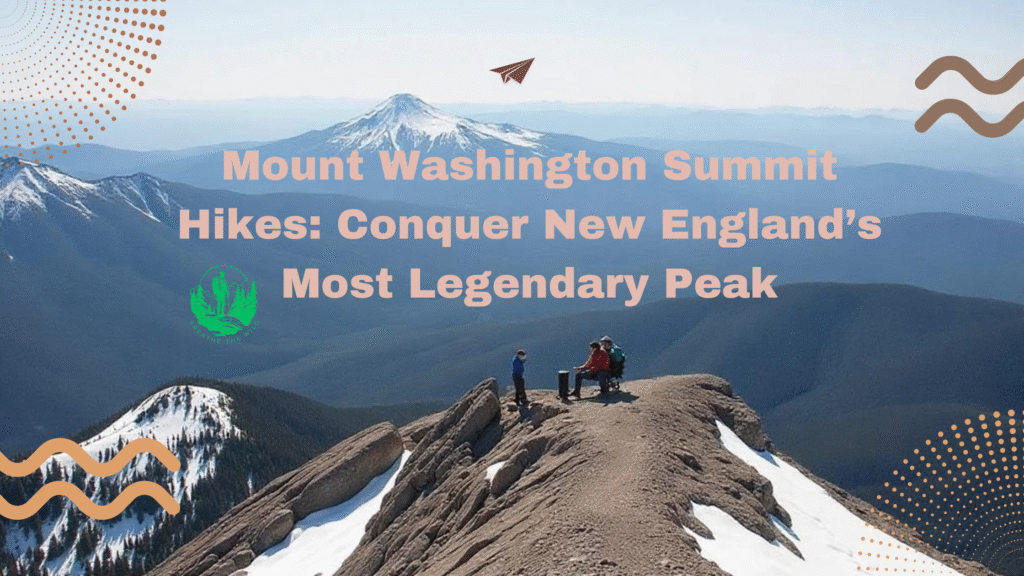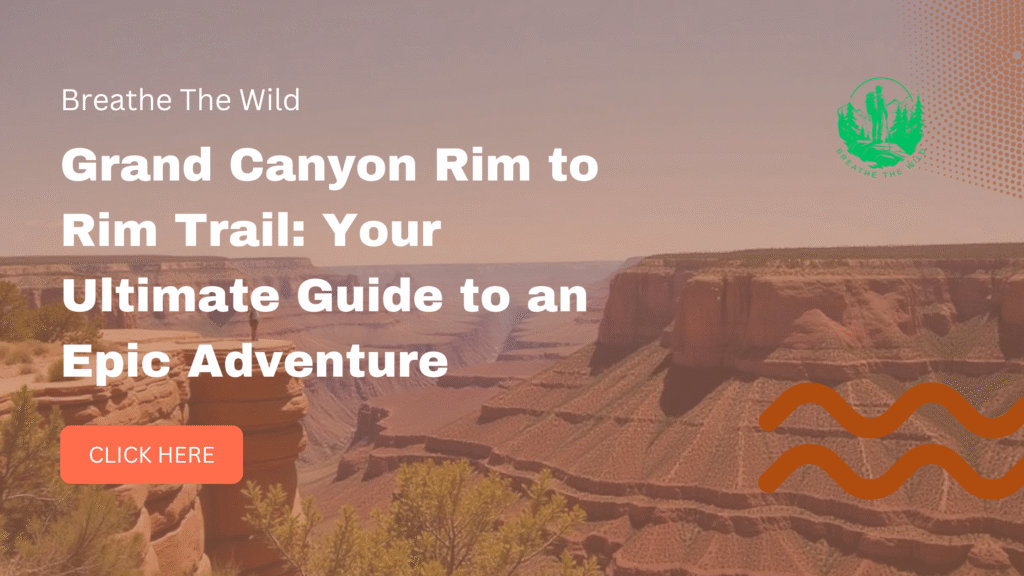Table of Contents
Introduction: Why Hike Mount Washington—New England’s Crown Jewel
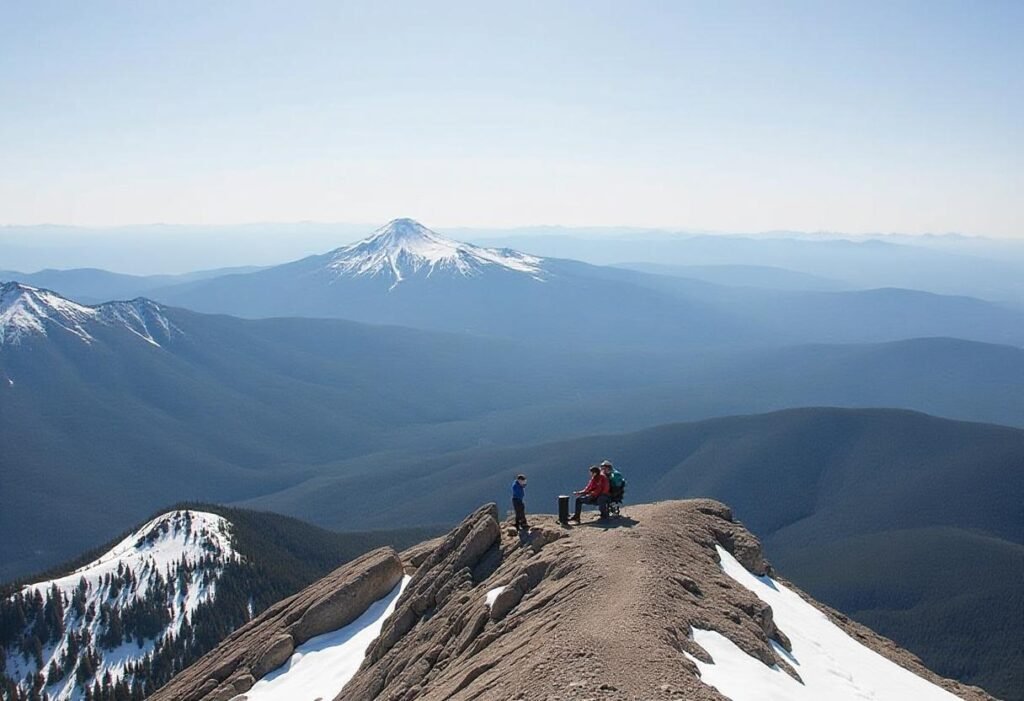
Mount Washington is the highest mountain in the Northeast region of the United States and an initiation rite to those hikers in the region. Mount Washington Summit Hikes are known to be dramatic in their differing weather, their beautiful alpine views, and steep, rugged paths that attract thousands of other adventurers yearly.
It is one of the world’s great mountains and a real challenge in its own right; whether you want to experience the euphoria of climbing through the clouds or be rewarded with the satisfaction of having scenic panoramas at the top of the world, it is indeed a must. In this guide, we discuss the most efficient hiking trails, gear you will need, safety precautions, and everything you need to know to make it to the top of the most iconic mountain in New England- one step at a time.
What Are Mount Washington Summit Hikes? An Epic Trail Collection
Mount Washington Summit Hikes consists of five exciting and demanding paths that go to the highest mountain in the Northeastern U.S., measuring 6,288 feet. Such hikes are so legendary and for good reason, as each includes rugged terrain, variable weather conditions, and an awe-inspiring alpine view. Trails in the park differ in length, elevation gain, and difficulty to offer the hikers both experience and amateurs who desire to get a first taste of a great peak. Whether you clamber up precipitous bouldery cliffs, threading your way through gorgeous ravines, or by one of all the paths to the top, you are safe wherever you go to have a unique experience in the heart of the New Hampshire White Mountains.
How to Choose the Right Trail to the Summit
It has several established trails, and these are open to all people. Therefore, with the existence of numerous well-established paths, the best alternative that one can follow and use throughout the Mount Washington Summit Hikes is related to the degree of experience, fitness, or the amount of time. The most famous one, probably, is the Tuckerman Ravine Trail, which is linear and fairly hard. The Lion Head trail is slightly less steep, though also a strenuous trail up the mountain.
Jewell Trails and the Ammonoosuc Ravine are a scenic loop that could help you combine thrilling terrain and spectacular views. Jewell Trail is usually the most moderate choice for adventurous newcomers, and its crude terrain might be too tough for the advanced hikers who can choose to explore either Tuckerman or Lion Head. Weigh elevation gain, distance, trail conditions, and comfort with exposure before final consideration.
Tuckerman Ravine Trail: The Classic and Most Iconic Route
Mount Washington Summit Hikes are popular, although the Tuckerman Ravine Trail is the ultimate one. Beginning at Pinkham Notch, this is an 8.4-mile round-trip trek with more than 4,200 feet of climb, so it is among the most physically challenging outings in the White Mountains. The steep rock scrambles and narrow paths that hikers have to climb through Tuckerman Ravine, and its dramatic amphitheater. The trail is best visited in the summer and early fall, and the weekends have larger crowds. It is important to have the right pair of shoes, pacing, and hydration. Nevertheless, the panoramas on top and the way up make the trail a popular one among experienced hikers.
Ammonoosuc Ravine + Jewell Trail Loop: A Scenic and Balanced Option
The Ammonoosuc Ravine and Jewell Trail combo is a good bet to get those who want a loop hike with an aesthetic and a physical challenge. This 9.3-mile out-and-back loop trail starts at the base of the Cog Railway Station and ascends through wooded trails, the rapids of cascading waterfalls, and into high alpine terrain. Ammonoosuc is better in that the route is steeper with rocky trails, whereas Jewell is flatter with picturesque scenery with spectacular views of the Presidential Range. This loop is perfect for hikers who want diversity and a full-day outing with less congestion as compared to the Tuckerman route. Do check the trail conditions and arrive early to get parking.
Check Out: Cascade Saddle Hike: Your Ultimate Guide to Summit Serenity.
Weather Matters: Mount Washington’s Extreme Conditions
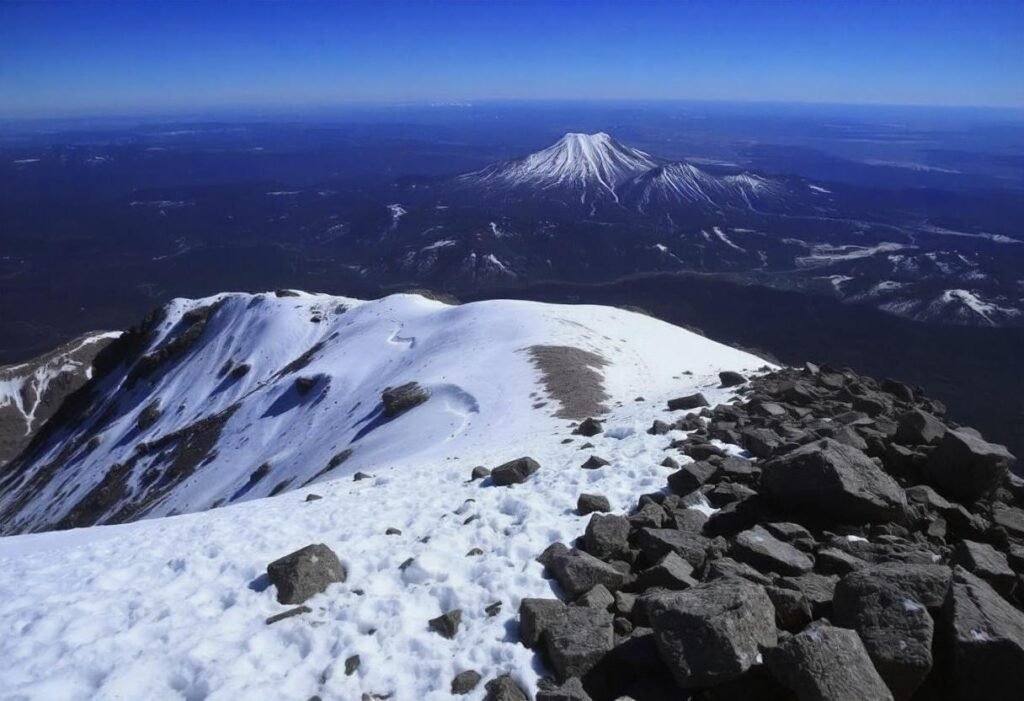
One of the most significant events during the planning of the Mount Washington Summit Hikes is being knowledgeable about the deadly weather of its mountain. This region is generally termed as the home of the worst weather in the world, and the mountains of Mount Washington experience violent winds, sharp variations in the temperature, heavy fog, and snow even in summertime. It is always important to refer to or use the official Mount Washington Observatory summit forecast before hiking out instead of just local weather applications, since the weather is very different at the top compared with its base.
Most days in the summer, except for the worst months of June and September, will be good hiking weather. There, hikers have to do their best to make an early start to the day to avoid the rainstorm and massive fluctuations in the afternoon. The most significant matter on this peak is weather sensitivity in safety and success.
Gear Up: What to Pack for a Safe and Successful Summit
It is necessary to bring along their gear when trekking to Mount Washington Summit Hikes. The scenery of the mountains and the inclement weather will ensure that you are prepared to tackle anything. Sporting equipment may start with a pair of excellent hiking shoes and support for the ankle. Dress in moisture-wicking materials and carry a rainproof coat, even on clear weather. A day pack should include snacks that are highly energetic, a minimum of 2 liters of water, trail maps, and a full-bodied phone.
Headlamp, first-aid kit, and whistle are first-aid requirements. To add to its convenience, it has optional yet helpful accessories such as stability poles, microspikes when the path is slippery, and a personal locator beacon to ensure a higher level of safety when going hiking alone. But the difference between a successful col and an unsafe digression can be quantified, provided that you pack smartly.
Hiking with a Guide or Going Solo: What You Need to Know
Besides, whether you are planning to undertake the Mount Washington Summit Hikes as a singular activity or you intend to hire an expert guide, one of the many important decisions that you need to make is whether or not you will solo it or hire an expert guide. These guided tours offer safety and familiarity with the region and offer you items that will keep you at ease, whether you are a first-time alpine hiker or do not know how drastically the weather can change on Mount Washington. Even in situations where there is an emergency, guides will guide you through paying the right fee during your climb, travelling through terrain, etc.
Particularly, they are most appropriate at the beginning and in the case of a company of hikers, and when one intends to reach the top in the off-season. However, experienced hikers, who have great gear and can set up their own navigation, can safely make the decision to venture on their own-at least during favorable summer weather. No matter which option remains, it is quite significant to check forecasts, inform someone about your intentions, and you should never forget to remain vigilant along the path.
Wildlife and Natural Wonders Along the Way
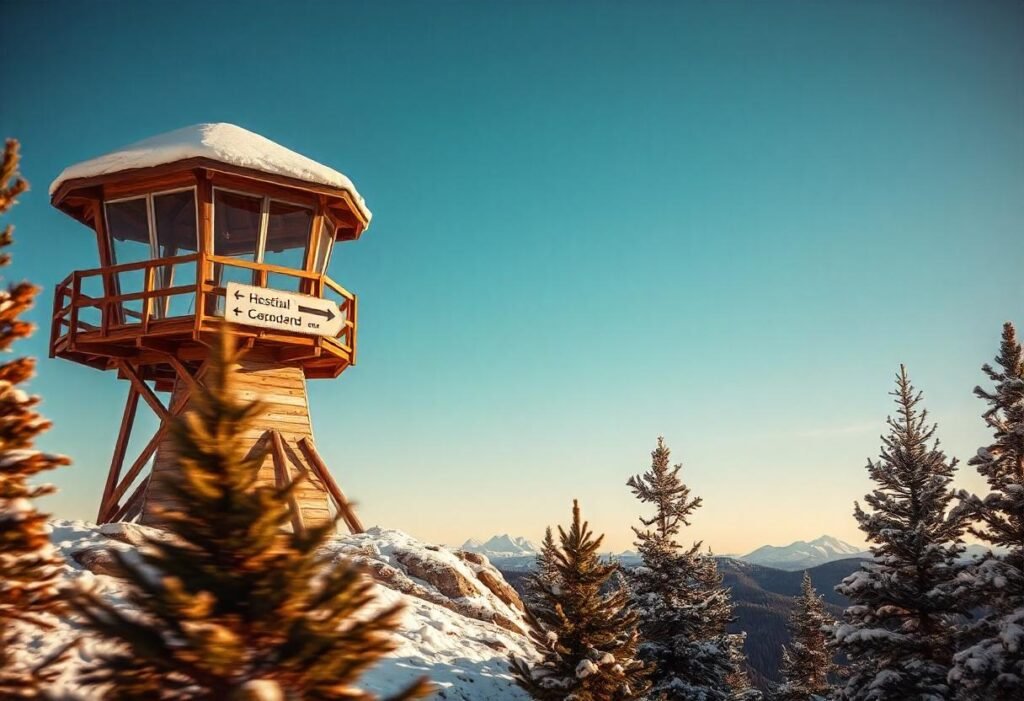
At Mount Washington, Summit Hikes are not necessarily meant to get to the top, but rather one is on an adventure through one of the most diverse varieties of ecosystems in the area of New England. As you go up, you will be compelled to get yourself in an incredibly green hardwood forest, thick spruce-fir land, and lastly reach the uncommon alpine tundra. In catching a glimpse of the hardy alpine flowers clinging to the rocks at the summit, a keen eye will have to be kept open to diapensia and mountain aven.
They will be in a position to see wildlife like the fox, the snowshoe hare, and all sorts of birds that one would not easily find elsewhere, like the Bicknell thrush. You can even watch the rare Mount Washington butterfly, which can only live in this unfortunately. In an effort to preserve these fragile ecosystems, it is thus worth ensuring that Leave No Trace and stay within the marked trails in case of camping, and never walk on fragile plants. Every hiker adds his or her part to the destruction of the natural beauty of the mountain.
Conclusion: Ready to Tackle Mount Washington Summit Hikes?
Mount Washington Summit Hikes are not just hikes through the wilderness; they are personal accomplishments. No matter which trail you take, be it the steep inclination of the legendary Tuckerman Ravine Trail, the beautiful Ammonoosuc-Jewell loop, or any other path leading to the top, this mountain does not give in to ease. There is beauty and there is intensity in each and every step, beginning with weather that is unpredictable to steep ascents. Nevertheless, the destination of the peak is compensated with the sight of panorambics, the feeling of achievement, and a story that stays with the individual throughout their life. Be smart, pack smart, and take your time. Mount Washington is on your way.
For more info: Click Here.
FAQs About Mount Washington Summit Hikes
1. How long does it take to hike to the top of Mount Washington?
Assuming the route, hiking to the summit is typically a 4 to 8-hour trip, and a hiking trip including a visit to and returning to the summit might take up to 6 and 10 hours altogether. A case in point would be the Tuckerman Ravine Trail,l that is estimated to be approximately 8.4 miles in terms of round trips.
2. Will newcomers have an opportunity to take part in Mount Washington Summit Hikes?
Adventure-seeking hikers who are fit and well prepared may engage in a hike of one of the easy trails, e.g., Jewell Trail. Still, climbing most mountains is demanding and even more so accomplished by hardened hikers.
3. In case I cannot hike to completion, what do I do about the descent?
Sure, the Mount Washington Auto Road and Cog Railway can be utilized to provide an alternative going down in case needed. It is necessary to mention that the emergency evacuations are under the condition that real distress should take place, and it is also paid.

